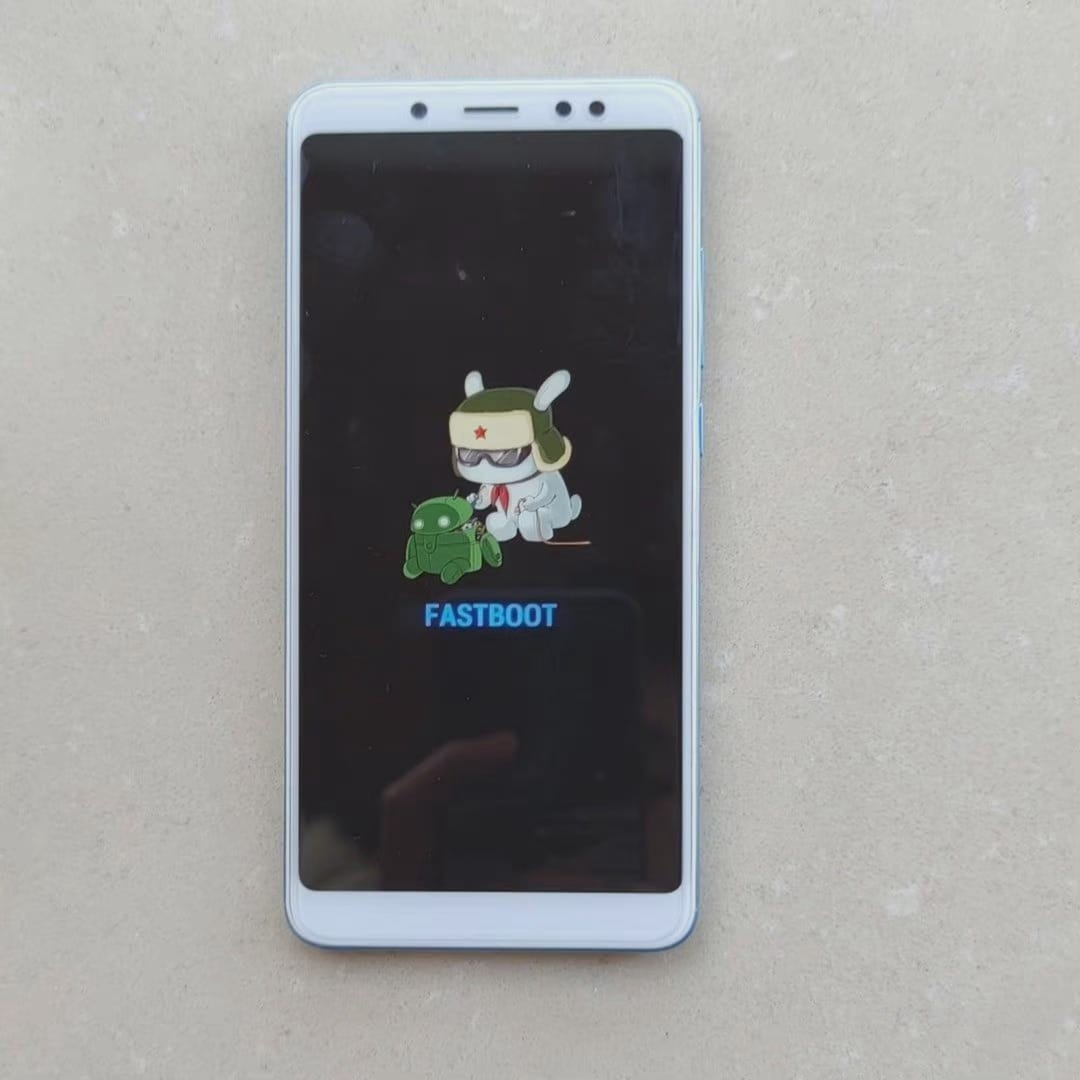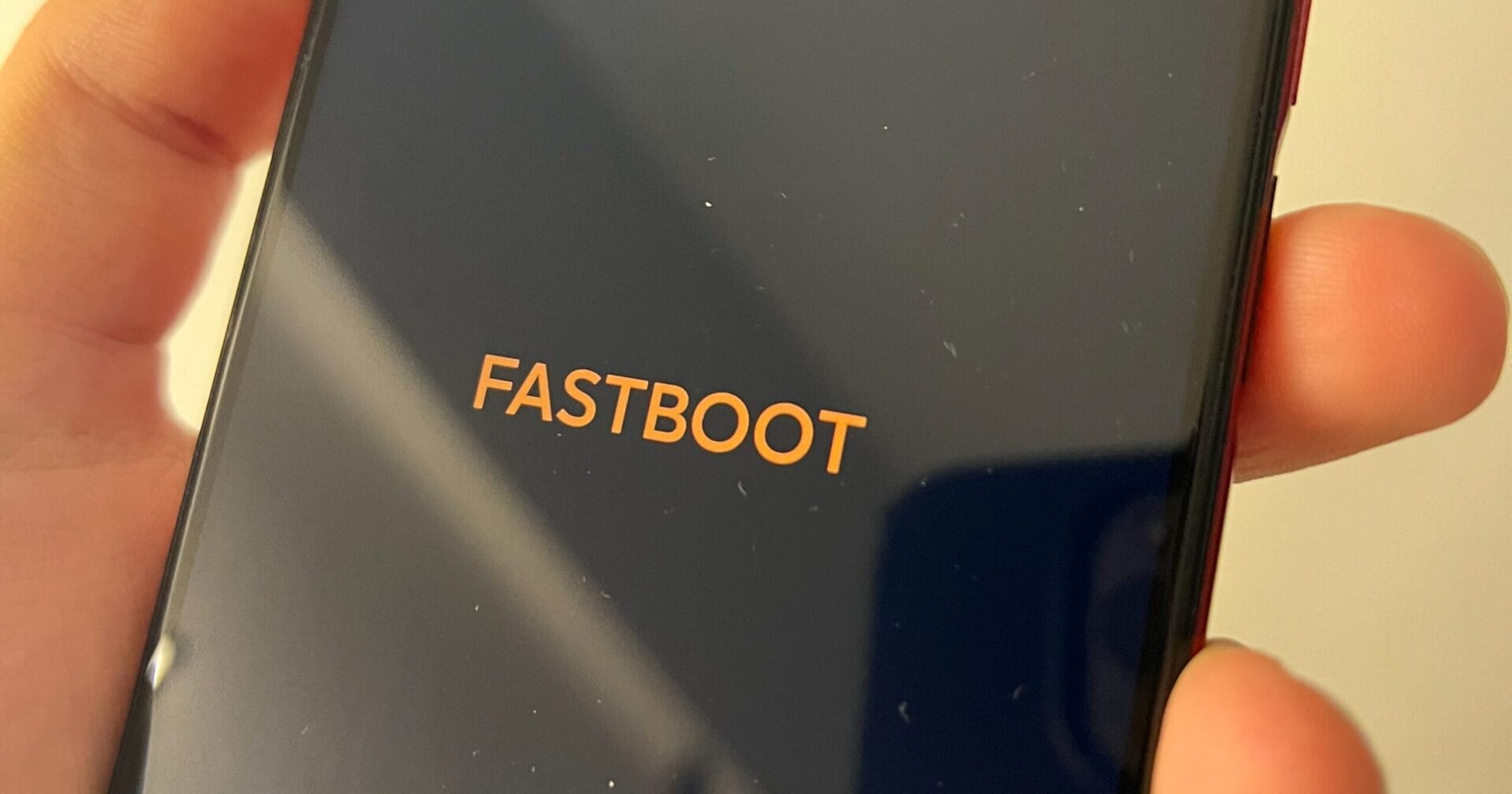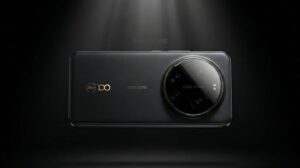Xiaomi has always positioned itself as a user-centric brand, and among the most distinctive features of this positioning is its official mascot-Mitu, which is known as Mi Bunny internationally. This mascot has played a very significant part in Xiaomi’s cultural positioning, user communication, and general storytelling. If you’re interested in Xiaomi’s history, you might want to go through our other pieces on Xiaomi’s Branding Evolution, Features of HyperOS, or Xiaomi’s Product Ecosystem. The presence of Mitu symbolizes Xiaomi’s philosophy of approachability, innovation, and long-term commitment to its community.
Mitu’s Origins and Design Philosophy
Mitu was designed by Sun Guangdou, also known as Dou Ye, who joined Xiaomi as employee number 34. The mascot is a white rabbit in an Ushanka hat and red pioneer scarf, both culturally specific to China. The design has avoided a literal translation of the word “Xiaomi” for a friendly, approachable character that communicates the values of the brand.
Mitu’s designer intended her to look a bit “silly,” which humanizes the image of Xiaomi and disrupts the formality associated with tech companies. This design further enforces their famous motto: “Just for fans,” underlining the notion of building up a brand that is more companion-like and not at all corporate. The employees of Xiaomi often use the figures of Mitu in internal communication and events; this further supports the position of the mascot as a kind of symbol of openness within the organization.
Mitu in Xiaomi’s Early Software Ecosystem
Before Xiaomi became a global hardware powerhouse, it was known for MIUI, a custom Android platform. Mitu served as the official mascot for MIUI ROMs, representing the brand’s relation to open-source development and community-driven customization. The company even produced physical Mitu vinyl figures, which became collector items among early fans.
Among his most iconic incarnations was certainly the Fastboot Bunny: a version of Mitu when devices booted into Fastboot mode. The animation, which involved Mitu seemingly “fixing” an Android robot, became closely associated with Xiaomi’s modding culture. That gave way to a message of empowerment, where advanced users could modify, unlock, and tinker with their devices in ways unheard of by most major smartphone manufacturers.
However, as Xiaomi grew worldwide, this highly technical representation became irrelevant to mainstream consumers. Newer versions of the software had Mitu removed from the Fastboot interface, signaling the company’s shift from a niche, enthusiast brand to a global technology leader with wider audiences in mind.
Mitu: A Global Transformation
As Xiaomi expanded outside China, the original Mitu design faced challenges. The Ushanka hat originally sported a red star-a symbol widely associated with political ideology. Whereas it was culturally acceptable in China, this created a marketing obstacle to its success in markets such as Taiwan and Europe.
Strategic Redesign
Xiaomi started to modify or mask the red star for international campaigns. It eventually replaced it with the MI logo, which came with a politically neutral and globally consistent visual identity. This represents a broader strategic change that Xiaomi has undergone-from domestic disruptor to refined global corporation keen on compliance and culturally sensitive.
This redesign ushered in the start of Mitu’s transformation into a global-ready sub-brand, adaptable to international markets and in line with Xiaomi’s premium ambitions.
Mitu as a Commercial Sub-Brand
After addressing branding challenges, Xiaomi placed Mitu as a commercial ambassador. This strategy utilized the popularity of Mitu to enter categories of consumers that were family-oriented and required friendliness with a trust-building visual identity.
Examples include the series of Mitu Kids Smartwatches, which feature GPS tracking, communication features, and security tools for children. By combining these advanced functions with a familiar mascot, Xiaomi reduced psychological barriers for parents who were concerned about privacy or technology use.
Robotics and Education
Its expansion continued with the Mitu Robot, a modular and programmable robot consisting of hundreds of parts. This product introduced Xiaomi to STEM education markets, showing how this brand could merge playfulness in design with engineering-driven educational value.
More than an adorable character, Mitu is an icon for Xiaomi’s history, evolution, and user-first philosophy: from its birth on MIUI to global adaption and eventually becoming a commercial sub-brand in its own right, Mitu has reflected Xiaomi’s values of innovation, inclusiveness, and community culture. Today, it stands for one of the most recognizable mascots in the technology ecosystem, reflecting the mission of building technology that feels warm, friendly, and approachable for all.


 Emir Bardakçı
Emir Bardakçı






